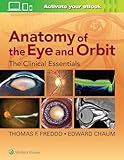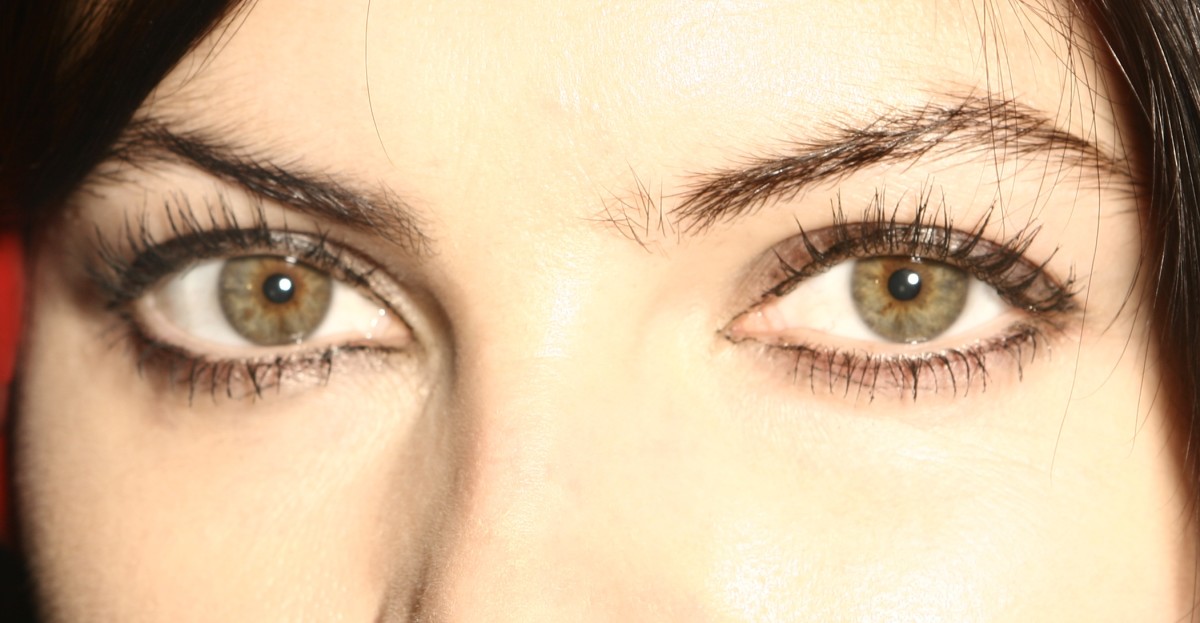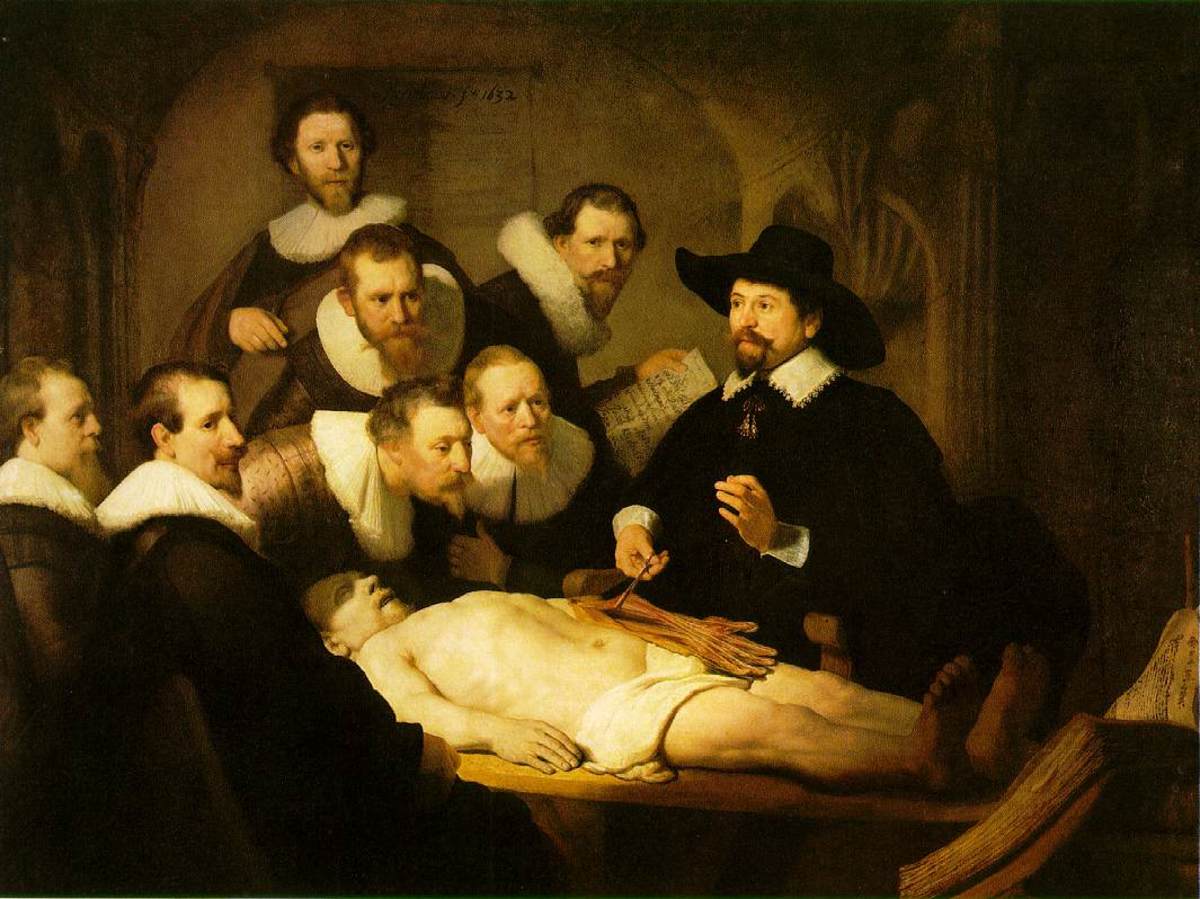Our Eyes Are Not Just For Seeing
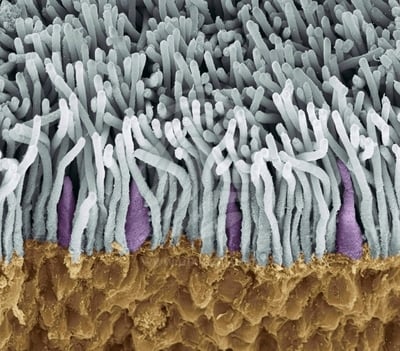
Introduction
Obviously, everyone know our eyes play a critical role in our everyday lives; that is they provide the images to our brain giving us the ability to see in the world. However, there is another duty that our eyes perform daily and was recently discovered by scientists through several on-going research studies conducted over the last few years. Our eyes are also responsible for adjusting our circadian clock, the internal timer that synchronizes hormone activity, body temperature and sleep with the cycle of day and night through specialized cells located in the retina.
Background
In the 1920s a Harvard University graduate student made a couple of discoveries about what happen to the eyes of blind mice. The pupils in the mice eyes constricted when exposed to light despite the fact the mice could not see and secondly the pupils constricted at a slower rate as compare to the constriction rate of the pupils in mice that had normal vision. Recently these same pupil responses caused by light were also observed in blind people indicating these responses may occur in other mammals as well.
A few years later after the original observations made by the student, researchers made another observation with blind mice. Despite the fact that the mice were blind they were able to adjust their circadian clock by reacting to changes in light intensity. They continued to performed their usual daytime and nighttime activities when they were in day and night, respectively. But when the eyes of the mice were surgically removed these normal activities ceased. It was obvious that the eyes play a crucial role in setting the internal clock in the mice. But how did the eyes control this?
An Explanation
Scientists originally thought the photoreceptors in our eyes were responsible for our vision and another set of receptors were responsible for setting our circadian clock. At the time they strongly believed there were no other photoreceptors (light-sensing receptors) in our eyes other than the rods and cones some of us learned about from our biology class. Scientists now know that there is another set of photoreceptors in the eyes of mammals and humans besides the rods and cones that are responsible for setting our circadian clock. Essentially, each one of our eyes function as two organs in one. Our ears also functioned as two organs in one, that is, our ears collect sounds for our sense of hearing as well as provide information to keep our equilibrium under control.
How Were The Other Photoreceptors Discovered?
It has been known for years that many lower animals have some form of photoreceptors for other purposes besides those for gathering light in the eyes for seeing. These light-sensing cells are not located in the eyes are used for other purposes such as camouflaging or even for avoiding light for survival. For example, tadpoles possess photoreceptor cells in their tail that darken when they are exposed to light thus decreasing their chance of being detected in their aquatic environment. These cells located on the skin are called melanophores and the protein responsible for this change is called melanospin. This protein has a chemical structure similar to the other photosensitive chemical found in the rods of our eyes called rhodopsin. This chemical gives us the ability to see in low-light conditions, specifically at night while the cones give us the ability to see in color. Another animal, the sparrow, can adjust their circadian clock not by the photoreceptors in their eyes but by the light-sensing cells in its brain. Light reaches these receptors since they are enable to penetrate the feathers, the skin and the skull of the bird.
Since lower animals had photoreceptors in other locations in or on the body, biologists suspected that mammals probably had photoreceptors in other locations as well. They knew the eyes were the last place to find additional receptors since the anatomy of the eyes was so well understood. But that thought was put into question based on results obtained from an experiment conducted in the 1980s by two scientists at the University of California. Randy J. Nelson and Irvin Zucker observed that eyeless mice were unable to set their circadian clock so they concluded that the receptors must be located in the eyes. Several experiments were conducted to further re-enforce this conclusion. The next step was to locate the other receptors in the eye. After all, scientists have known the location of the photoreceptors for vision in the retina since the 1800s.
The location of the other light-sensing receptors was found by searching for the presence of the melanospin chemical in our eyes that was responsible for causing the tadpole’s tail to darken in the presence of light. First the scientists checked the place where they knew photoreceptors were located, the rods and cones in the retina. The results proved negative for this chemical. However, further searches found the chemical in retinal neurons called retinal ganglion cells (RGC). Some of the light signals from the rods and cones travel through these neurons on their way to the brain. They were surprised to find the chemical there because originally it was believed that these neurons were not light-sensitive.
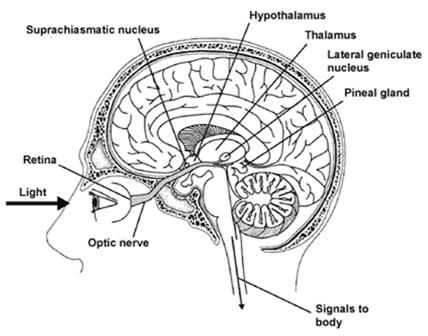
The Anatomy of Retina
To better understand this arrangement of the rods and cones with respect to the location of retinal neurons, let me give you a quick anatomical run through of the retina. The retina in vertebrates is a complex three-layer structure. The light entering our eyes must travel through the top two layers to get to the third layer where the rods and cones are situated for us to detect vision. Once the rods and cones have this information it is sent back in the opposite direction up through the ganglion cells in the middle layer and through the retinal ganglion cells in the upper layer on its way to the optic nerve to provide vision information to the cortex at the rear of the brain. Some of the retinal ganglion cells are light sensitive, which sends some of that information through nerves that eventually end in an area over the point where the optic nerves cross under the brain, called the supriachiasmatic nucleus (See illustration above). This area of the brain regulates our internal clock.
Further studies, also indicated that the rods and cones work in concert with the retinal ganglion cells. These structures do not work independent of each other but work in harmony with each other to perform their respective functions and the retinal ganglion cells are the most responsive in blue light since melanospin absorbs strongly in blue light.
The three main layers of the retina
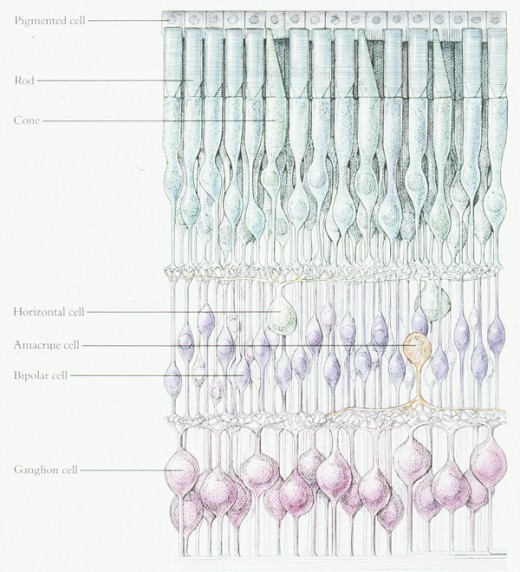
Clinical Application
The discovery of the other function of the eyes has many clinical implications. For example, the studies suggest exposure to blue light may be a treatment to increase awareness, minimize jet lag, decrease sleep deprivation and eliminate or control seasonal affective disorder. Seasonal affective disorder is a common problem among people living at high latitudes (closer to the poles) that can cause serious depression and even induce suicide. This discovery opens up the possibility of using light therapy as a first step in a new class of treatments for a variety of conditions.
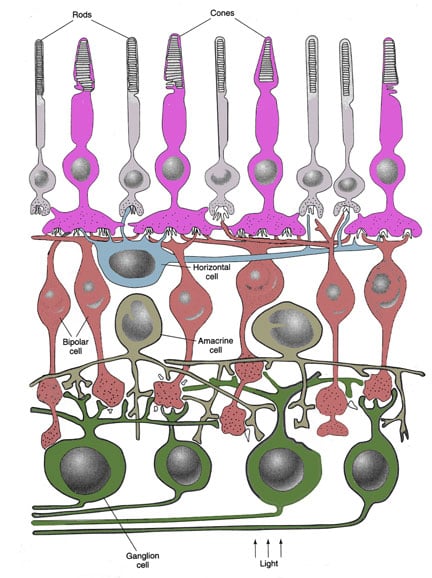
Conclusion
The next time you are looking out your window, watching your children playing, or driving your car, your eyes are doing more than sending pictures to your brain. They are also keeping your body in sync with day and night to keep you energetic at the right time and sleepy at the right time. So next time turn off that light at nighttime and go to sleep. That is what your eyes are trying to tell you.
References:
Scientific American, May Issue 2011
© 2011 Melvin Porter

